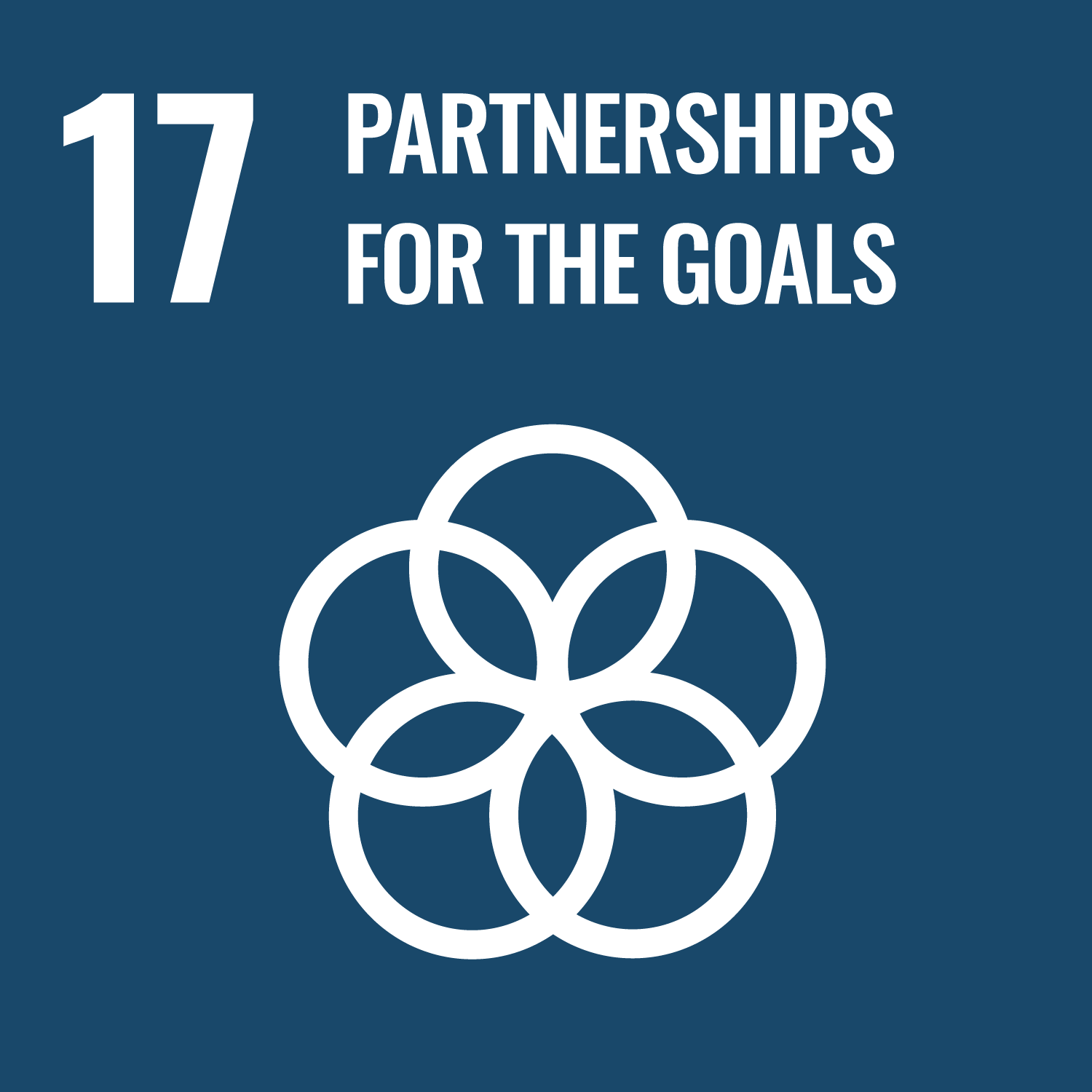
UNESCO Chair on Human Genetics of Thalassaemia
Correspondence to the Sustainable Development Goals (SDG) Agenda
This project aligns with the United Nations Sustainable Development Goals by promoting health, education, and partnerships for global impact.



Objective
To promote knowledge and capacity building in human genetics in low-middle-income countries (LMIC) by taking thalassaemia as a model genetic disease and thereby contributing to reducing the genetic disease burden.
Beneficiaries
- Students
- Academics and researchers especially in LMIC and GGN* member countries.
*GGN: Global Globin Network. GGN is a project-wide initiative of the Human Variome/Global Variome Project (HVP) focusing on haemo-globinopathies to build the capacity for genomic diagnosis clinical services, and research in low- and middle-income countries.
Activities
1
Collaboration
Collaborations with other international institutions in the following areas:
- Knowledge transfer;
e.g. postgraduate teaching - Short term training
- Research
- Academic exchange e.g. visiting professors.
2
Advocacy
- EduVariome: Thalassaemia awareness program among Malaysian school students.
- Workshop on Genomic Medicine.
- Online lectures on human genetics and thalassaemia.
- MyHVP Newsletter.
- Letters to the Editor in local newspapers.
- Social media: YouTube & Facebook.
